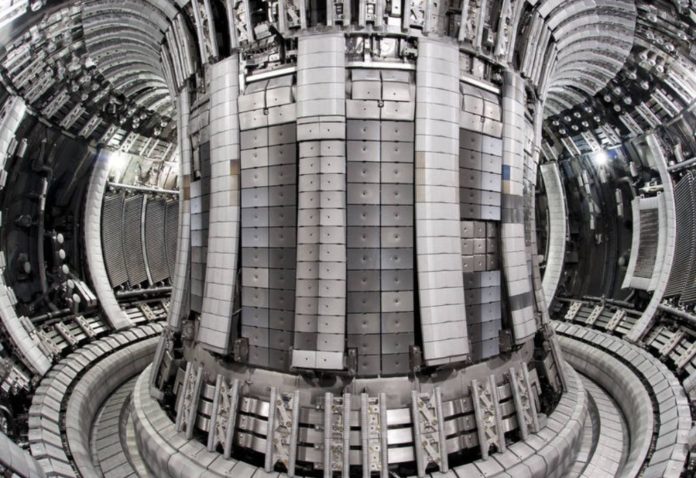It takes advantage of the energy produced by nuclear fusion and provides a cheap source of clean energy
China will begin to perform the first tests of its “artificial sun” in the coming months and put it into operation in 2020. It is a nuclear fusion device capable of producing energy, simulating the reactions that occur in the Sun, a way of achieving a virtually unlimited cheap source of energy.
Known as HL-2M Tokamak, China has been developing this device since 2006 and information from an employee of the National Nuclear Corporation of China indicated, in March, that the project would be completed before the end of 2019.
However, in November, Duan Xuru, one of the scientists working in the “artificial sun”, said, in statements collected by Futurism, that the construction was going smoothly and that the device should be operational in 2020, taking advantage of energy produced by nuclear fusion and providing an almost unlimited source of clean energy.
200 million degrees
The temperatures inside the device could reach 200 million degrees Celsius, which exceeds 13 times the heat recorded in the centre of the Sun and previous technologies, which managed to heat up to only 100 million degrees Celsius. The HL-2M Tokamak will use magnetic amps to stabilize the plasma that will be confined inside the reactor and will emit energy.
The power of nuclear fusion has become the holy grail for energy researchers, although, for the time being, a cost-effective way of keeping the extremely hot plasma confined and stable has not been discovered long enough for the fusion to have a place.
The HL-2M Tokamak could be the device that finally met that challenge or, at least, they say so from China. “The HL-2M Tokamak will provide researchers with valuable data on the compatibility of high-performance fusion plasmas with approaches to more effectively handle the heat and depleted particles from the core of the device, ” James Harrison, a physicist at the UK Atomic Energy Authority and is not involved in the Chinese project, told Newsweek.
